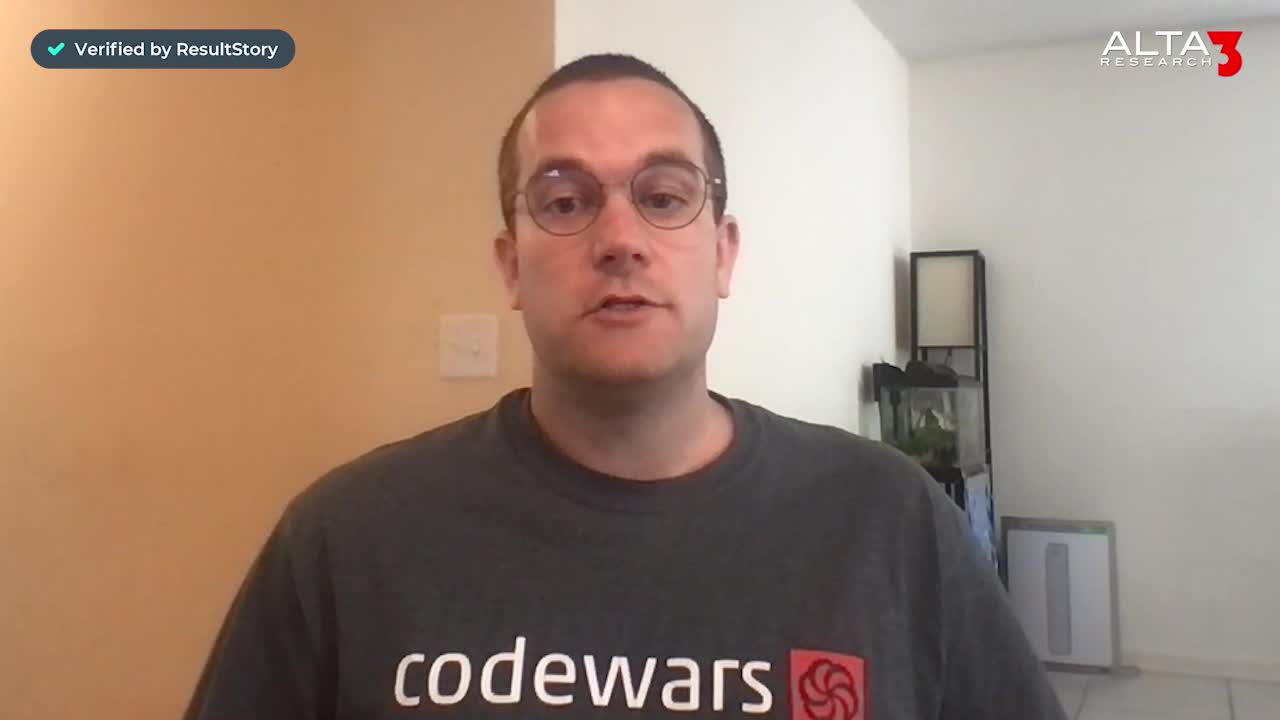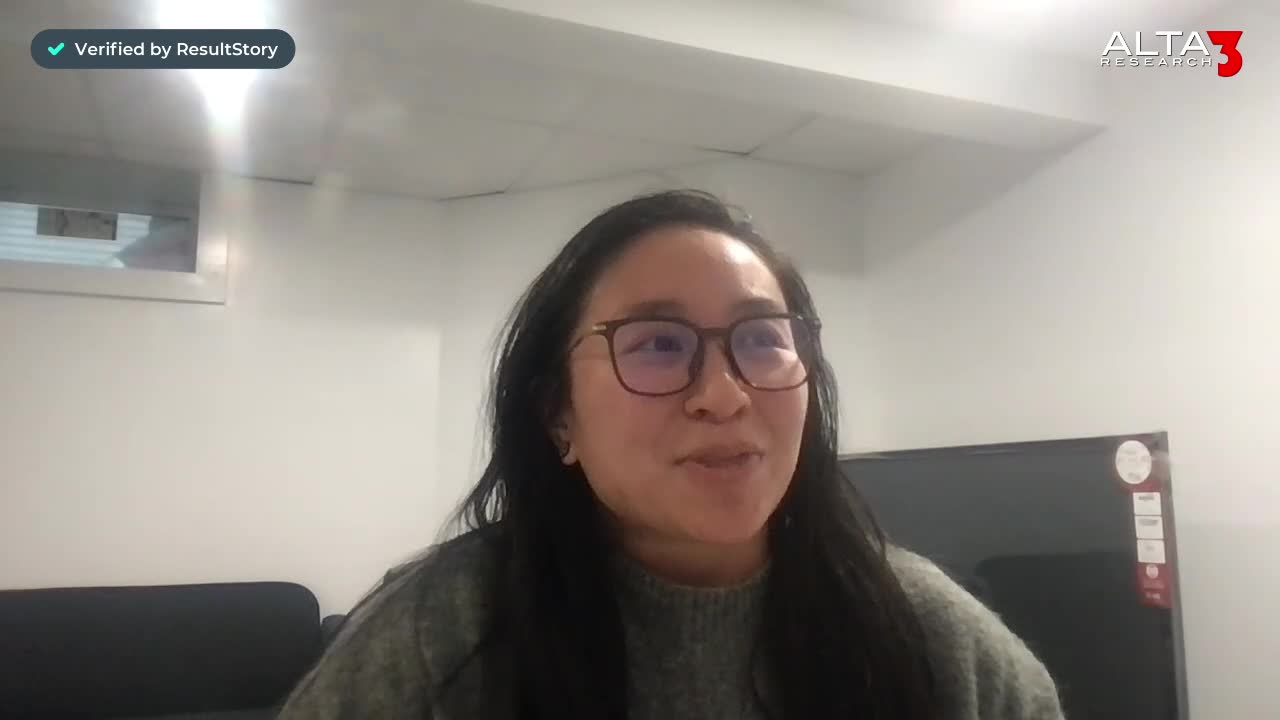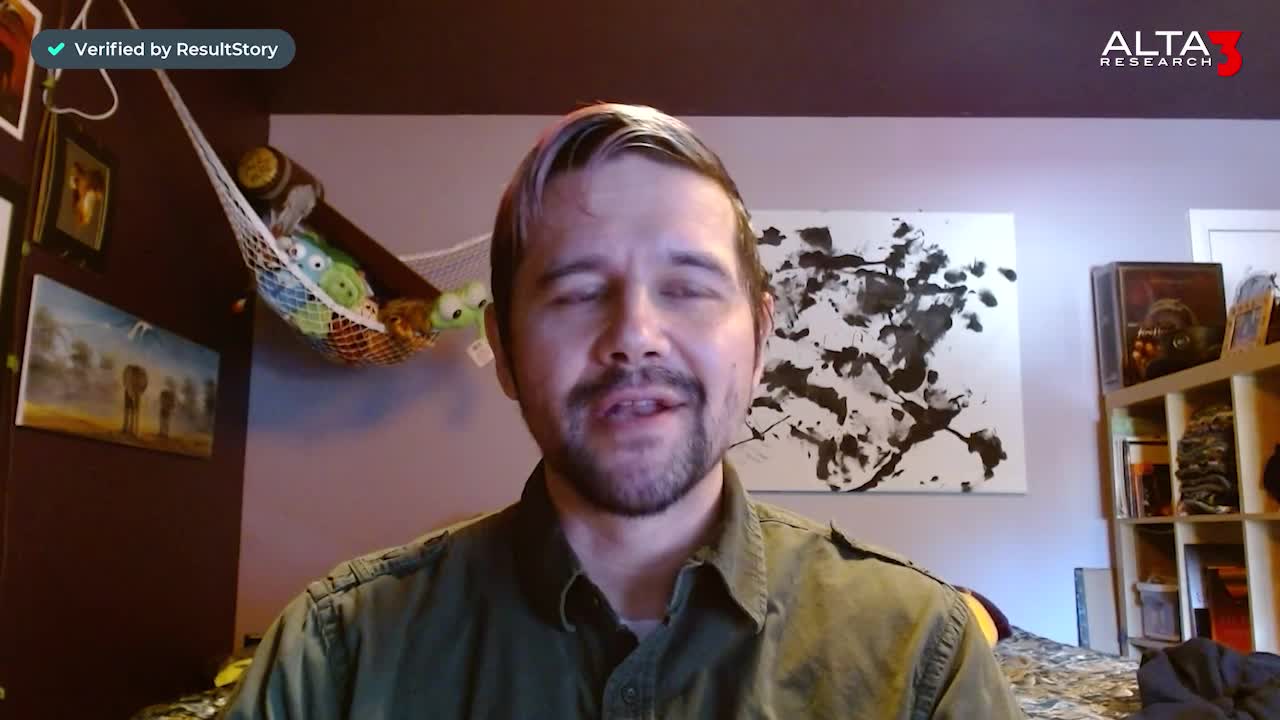VMware Data Center Virtualization: Core Technical Skills
Enroll in the VMware Data Center Virtualization Core Technical Skills course to master essential vSphere operations tailored for technical professionals seeking proficiency in managing virtual machines within data centers.
Enroll
Essential Skills Gained

Describe virtualization, vSphere components, and the software-defined data center.

Monitor and manage network and datastore configurations in VMware vSphere Client.

Deploy, configure, and clone virtual machines efficiently.

Recognize the role of vSphere DRS and High Availability in improving cluster performance and availability.
Format
- Instructor-led
- 3 days with lectures and hands-on labs.
Audience
- Technical professionals with basic system administration skills.
- Operators responsible for managing virtual machines using VMware ESXi and VMware vCenter Server.
- IT professionals aiming to specialize in virtual data center management.
- Junior administrators looking to expand their skill set in VMware technologies.
Description
This three-day, hands-on training course is an introduction to VMware vSphere®. In this course, you acquire the skills needed to perform Day 2 operational tasks that are typically assigned to the roles of operator or junior administrator in a vSphere environment.
Course Outline
Download PDFModule 1: Course Introduction
Introductions and course logistics
Course objectives
Module 2: Virtualization and vSphere Concepts
Describe how virtual machines (VMs) work
Recognize the purpose of a hypervisor
Describe how VMs share resources in a virtualized environment
Recognize the components of an SDDC
Describe the relationship between vSphere, the SDDC, and cloud computing
Recognize the functions of the components in a vSphere environment
Access and view vSphere graphical user interfaces
Identify VMware solutions that integrate with vSphere in the SDDC
Module 3: Navigating the vSphere Client
View and organize the inventory objects managed by vCenter Server
Add and assign vSphere licenses
Change the log level of vCenter Server
Edit the startup policy of ESXi services
Describe how vCenter Server roles and permissions work
Add permissions to virtual machines
Module 4: Lifecycle of Virtual Machines
Add and remove VM virtual hardware components
Identify the purpose of different VM files
Configure VM settings
Create and delete virtual machines
Recognize the benefits of installing VMware Tools™
Install VMware Tools into a guest operating system
Upgrade VMware Tools and VM hardware compatibility
Module 5: vSphere Networking
Describe virtual networking
Recognize ways that virtual switches connect VMs and ESXi hosts to the network
View components and properties of a vSphere standard switch configuration
View a vSphere distributed switch configuration in vSphere Client
Recognize when and how to use the settings for the security networking policy
Recognize when and how to use the settings for the traffic shaping networking policy
Describe how the NIC teaming and failover policy helps maintain network connectivity
Perform basic checks to diagnose VM connectivity issues
Module 6: vSphere Storage
Describe the function of a datastore
Recognize types of vSphere datastores
View datastore information in vSphere Client
Monitor datastore usage in vSphere Client
Module 7: Virtual Machine Management
Recognize the benefits of using VM templates
Create and update a VM template
Deploy a VM from an existing template
Clone a virtual machine
Recognize how to use guest OS customization specifications
Deploy VMs from a content library
Deploy a virtual appliance from an OVF template
Perform a hot and cold migrations of VMs
Identify requirements for using VMware vSphere® Storage vMotion®
Perform a vSphere Storage vMotion migration
Identify use cases for VM snapshots
Create and manage snapshots of a virtual machine
Module 8: Resource Monitoring
Recognize the purpose of each type of VM resource control
Configure the resource allocation settings of a VM
Observe the behavior of virtual machines with different share values
Manage and acknowledge vSphere alarms
Use performance charts to monitor VM CPU and memory usage
Monitor tasks and events in vSphere Client
Module 9: vSphere Clusters
View information about the services that a vSphere cluster offers
Recognize how vSphere HA responds to different types of failures
Monitor vSphere HA during a host failure
Describe how vSphere DRS works
Interpret DRS scores given to VMs
Recognize how to apply the appropriate vSphere DRS automation and migration threshold levels
Describe how vSphere Fault Tolerance works
Recognize how Enhanced vMotion Compatibility works
Your Team has Unique Training Needs.
Your team deserves training as unique as they are.
Let us tailor the course to your needs at no extra cost.
See What Other Engineers Are Saying
Trusted by Engineers at:
and more...

Aaron Steele

Casey Pense

Chris Tsantiris

Javier Martin

Justin Gilley

Kathy Le

Kelson Smith

Oussama Azzam

Pascal Rodmacq

Randall Granier

Aaron Steele

Casey Pense

Chris Tsantiris

Javier Martin

Justin Gilley

Kathy Le

Kelson Smith

Oussama Azzam

Pascal Rodmacq

Randall Granier